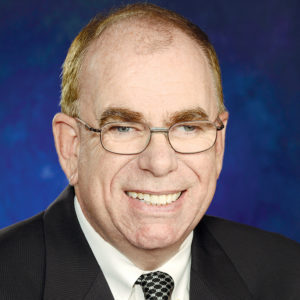
Poor Kellyanne Conway.
The former senior counselor to the president was mercilessly skewered for suggesting something so farcical, so outrageous and so beyond the pale that it elicited immediate and widespread ridicule.
Her crime against the English language? Suggesting on Meet the Press that “alternative facts” could be used to defend a false statement by White House Press Secretary Sean Spicer. He falsely claimed the crowd gathered at the 2017 presidential inauguration was the largest ever. There was plenty of photographic evidence to suggest otherwise.
It was one of those “did she just say what I think she said?” kind of moments. For Conway seemed to be challenging something we all took for granted: facts reveal the truth; they are not malleable or the opposite of what they appear to be.
To be fair, she was trying to defend Spicer, a colleague who choose poorly between ‘fessing up or ticking off the boss. But in retrospect, perhaps she was on to something.
Truth be told, alternative facts don’t just exist. They have perhaps never been more in style. Why? Because they are the perfect way to make almost any position or argument seem tenable. Take politics. It’s amazing how denizens of each political party seem to hold that while their guys (or gals) might have a few minor character flaws, the other side is run by clueless anarchists. Just look at the (right) facts.
And there sure seem to be a lot of alternative facts floating around when it comes to the long-term care sector, as evidenced by a hearing put on last week by the House Subcommittee of the Coronavirus Crisis.
The anti-industry crowd blasted the field throughout the hearing, citing their hand-picked facts: More than 200,000 COVID-19 related deaths among residents and staff, rampant understaffing, and opaque corporate structures that seem less about efficiency than ensuring plausible deniability.
Of course, the industry had a few helpful facts to share as well: Everyone struggled in the beginning; operators did the best they could amid unforgiving circumstances; many workers worked night and day to keep residents as well as possible; and where was the much needed support from the government that sure could have helped?
It’s almost like each side lives in an alternative universe. They don’t. They just prefer to live near their own kind. At least when it comes to facts.
John O’Connor is Editorial Director for McKnight’s.




